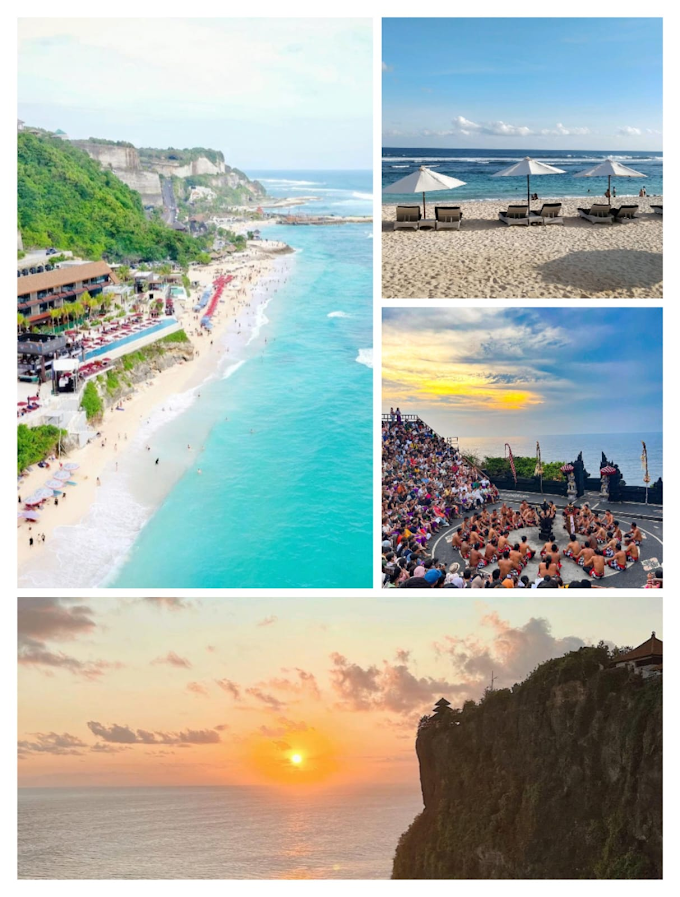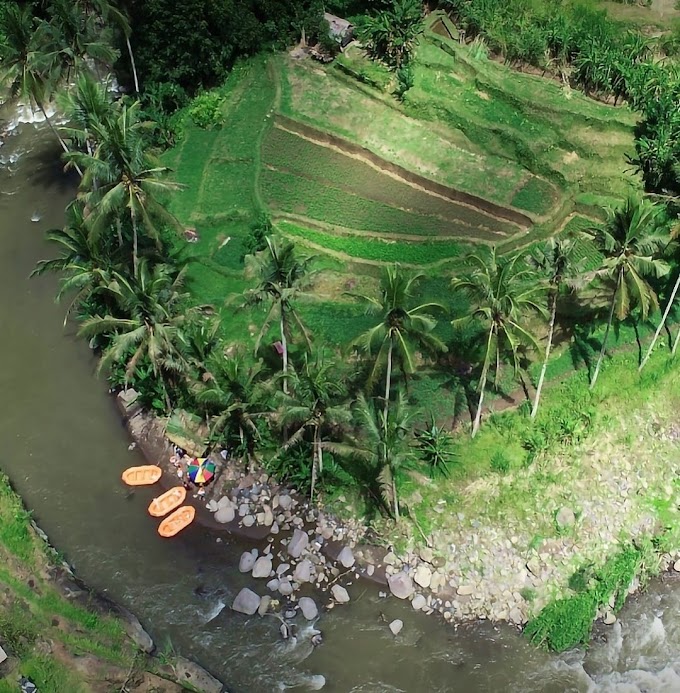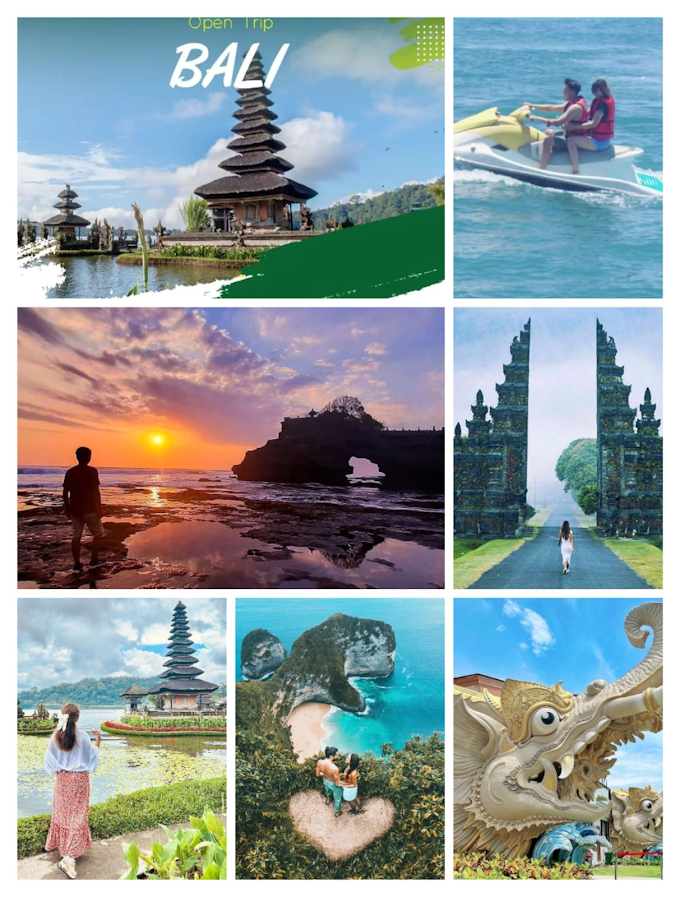Antonio Blanco was born on September 15, 1911, in Manila, the capital of the Philippines.
Both of his parents were Spanish, a fact that Blanco believed linked him geographically and spiritually to Miro and Salvador Dali.
His father settled in Manila during the Spanish - American War, where he attained prominence as a physician. Blanco was educated at the American Central School in Manila. During his high school years he loved the arts, literature and language classes but struggled in scientific subjects.
It is no wonder that he spoke six languages - Spanish, French, English, Tagalog, Indonesian and a bit of Balinese. After completing high school in Manila, Blanco studied at the National Academy of Art in New York under Sidney Dickinson.
During his formative years, Blanco concentrated on the human form, fascinated by the female body more than any other subject.To further his studies and ignite his wanderlust, he traveled all over the world before he finally landed in Bali in 1952, the King of Ubud gave Blanco a plot of land to establish his home and studio in Campuan, Ubud, at the confluence of two sacred rivers.
Blanco and his Balinese wife, renowned dancer Ni Ronji, live in a mountain retreat, barely leaving it to the outside world. After a brief trip to the United States, where Blanco gained many new collectors, the couple never left their fantasy home again.
Living in a quiet neighborhood with his four children, Tjempaka, Mario, Anggrek and Maha Devi, Bali became Blanco's center. He was mesmerized by the island and completely captivated by its charm.
Blanco lived and worked in his magical hilltop home until his death in 1999, feverishly creating his fantasy portraits of beautiful women. Surrounded by lush gardens, rice fieldsand the banyan tree that stands atop his family's temple, Antonio Blanco continued to create a new reality for himself. His artistic outpourings from this isolated world became highly sought after by art lovers, passionate collectors and promoters.
Within a few years, Blanco became the most famous foreign artist to make Bali his home. He was recognized in Indonesia and abroad, receiving many Blanco Awards and earning great prizes in international auctions.
By the end of his life, Blanco had begun building his museum in his studio in Campuan. Dramatically, he passed away just before its inauguration. His funeral was marked by the very important Blanco Cremation in Ubud.
It was Blanco's dream to turn his studio-mansion into a museum. His son, Mario, fulfilled this dream by following his path to become a painter.
The Blanco Renaissance Museum is now open to the public, exposing both the maestro's and Mario's art works.
[ED/AY]











